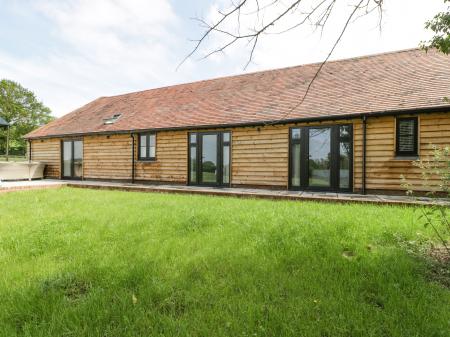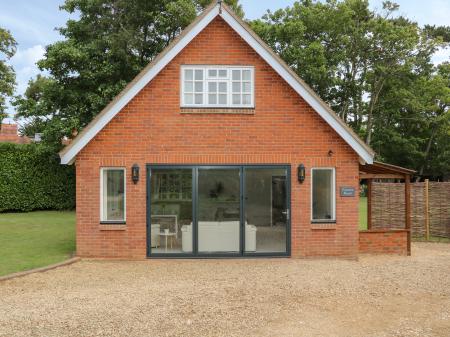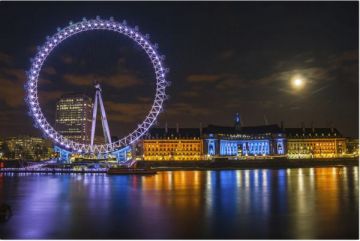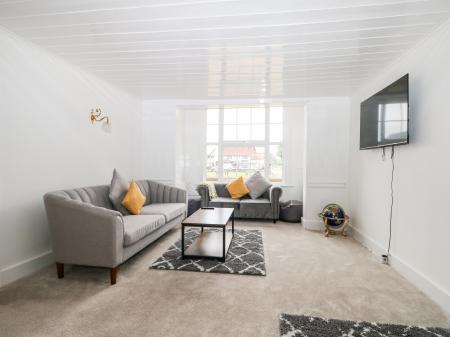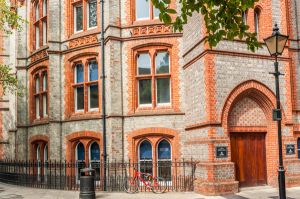
Highlights including objects found during excavations at Silchester Roman town (Calleva Atrebatum). The museum has collections from the industrial heritage of Reading, and historic artefacts that tell the long history of the town.
History
The striking town hall in Reading dates to 1786, but the distinctive facade we see today is primarily the work of Alfred Waterhouse. In 1883 Waterhouse designed a new wing to house a collection of historic artefacts covering Reading history.
The town hall was extended in 1897 to make space for 3 art galleries. The civic authority moved out in 1975 and the library followed a decade later, leaving just the museum and a concert hall as occupants of the entire town hall building.
One of the most interesting galleries is the People and Places exhibit, which traces the history of the town from the original Saxon settlement in the 6th century, to the present day. The gallery holds interactive displays, historic artefacts, and oral history recordings.
Reading Biscuits
A special display tells the story of Reading's development as a centre for making biscuits, emphasising the important role of the Huntley and Palmers company, one of the very first global brands, which once operated the largest biscuit factory in the world. The company was established in 1822 at 119 London Street, on the stagecoach route between London and Bath.
Joseph Huntly began selling biscuits to travellers stopping at the Crown Inn, directly opposite his works. He then decided to put the biscuits into tins so they could more easily be carried on the journey. As a result, the Huntly company made a fortune selling both biscuits and tins!
Another gallery displays fine art, sculpture, and decorative arts, including stained glass from nearby Reading Abbey. More modern pieces are sculptures by Jacob Epstein and Auguste Rodin.
Silchester
The Roman town of Calleva Atrebatum (Silchester) is perhaps the most complete Roman town in Britain. Objects unearthed during excavations at Silchester are displayed alongside models that illustrate life in the town. One of the most important objects on show is the Silchester Eagle, a bronze figure of an eagle made famous by Rosemary Sutcliff in her popular novel 'The Eagle of the Ninth'.
Highlights
- Reading: People and Places - the heritage and development of Reading
- Silchester Gallery - finds from the nearby Roman town
- Bayeux Tapestry - a life-sized copy of the original Norman tapestry, made in 1885.
- Green Space - geology and natural history
- Huntly and Palmers Gallery - history of biscuit making
- John Madejski Art Gallery - temporary art exhibits
The museum is open year-round and admission is free.
 We've 'tagged' this attraction information to help you find related historic attractions and learn more about major time periods mentioned.
We've 'tagged' this attraction information to help you find related historic attractions and learn more about major time periods mentioned.